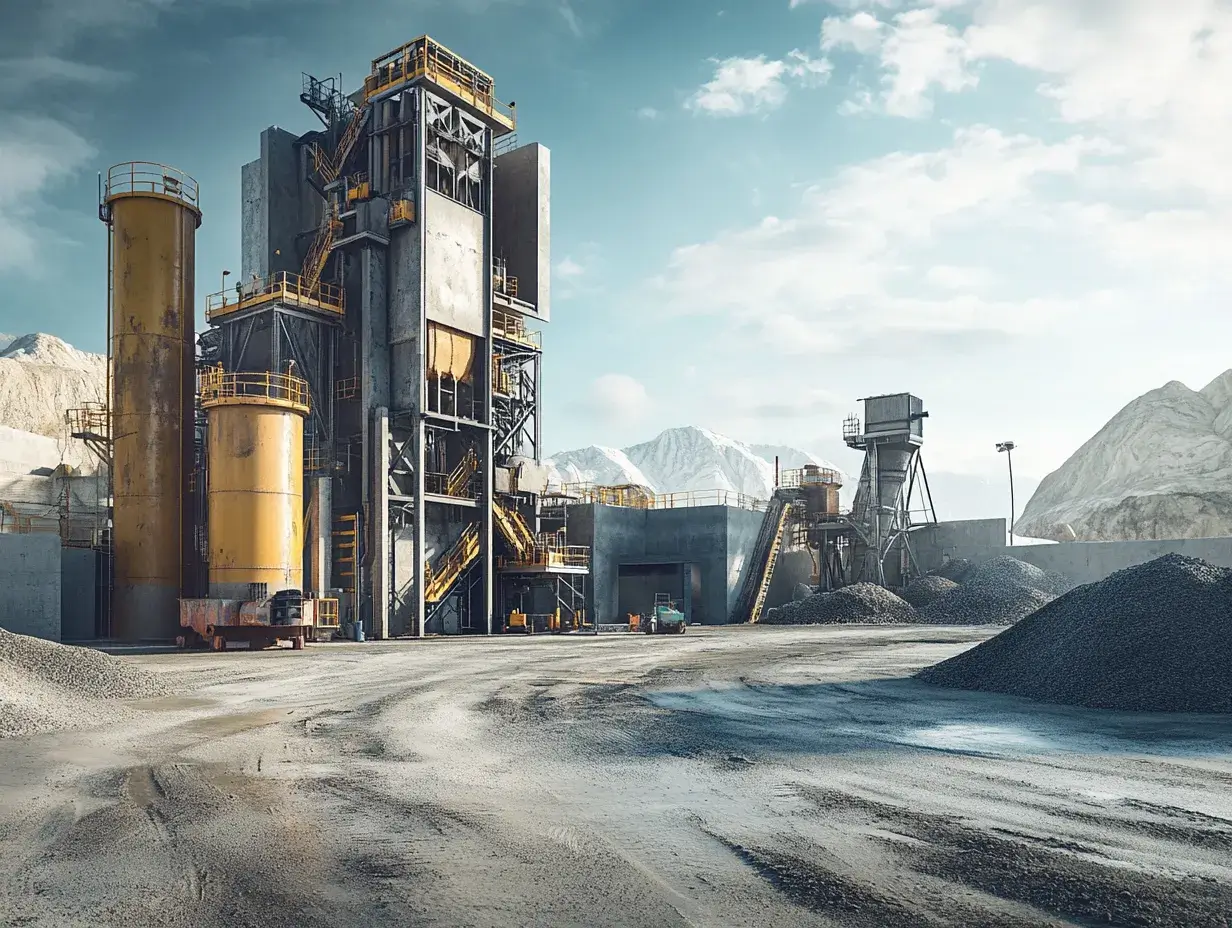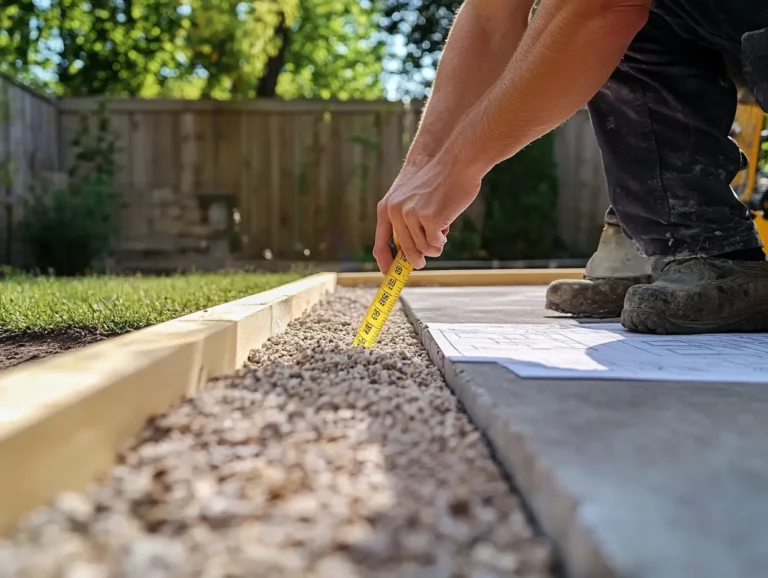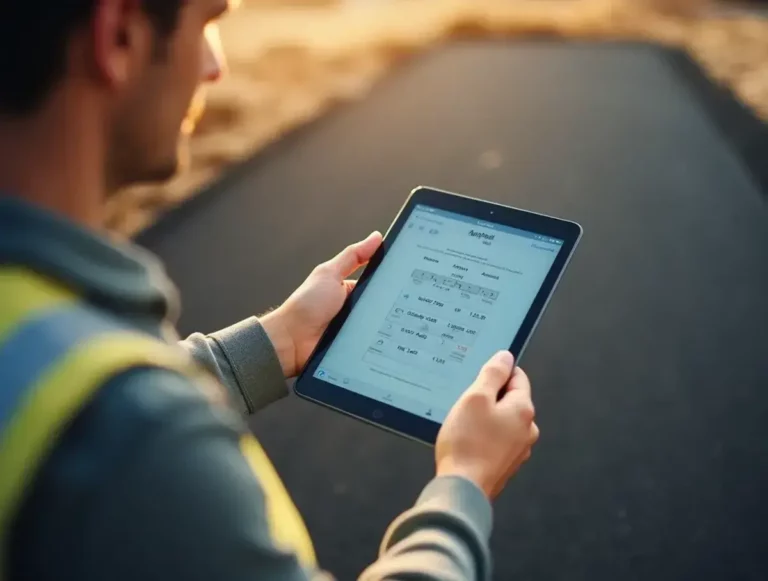Discover the essential cost factors in asphalt paving, from materials to labor, and learn how to optimize your project budget effectively.
Many contractors overspend by 20% due to inaccurate calculations use our free tool to get it right the first time
Table of Contents
Asphalt paving shapes the world we navigate every day roads, driveways, parking lots, you name it. It’s the unsung hero of the construction industry, delivering durability and affordability in one neat package. I’ve always been fascinated by how this black, sticky mix has evolved from ancient times to become a go-to for modern infrastructure.
Why does it matter? Because asphalt is cost-effective, quick to install, and recyclable benefits that make it a favorite for homeowners and contractors alike. But here’s the catch: understanding the cost factors behind asphalt paving can make or break your budget. In this article, we’ll dig into its history, materials, best practices, maintenance, and cutting-edge innovations, all while keeping an eye on what drives the price tag. Ready to pave the way to smarter decisions? Let’s roll.
Materials and Equipment Used in Asphalt Paving
What Goes Into Asphalt?
Asphalt is a mix of three main ingredients: aggregates (like gravel or sand), a binder (usually bitumen), and filler. The type of mix you choose affects both performance and cost factors. Here’s the rundown:
- Hot Mix Asphalt (HMA): Heated to high temps, it’s perfect for busy roads. It’s pricier but lasts longer.
- Warm Mix Asphalt (WMA): Made at lower temps, it cuts energy costs and emissions. A solid middle-ground option.
- Cold Mix Asphalt: Used for quick fixes, it’s cheaper but less durable.
Picking the right mix depends on your project’s needs traffic, weather, and budget all play a role.
Tools of the Trade

Paving isn’t just about the mix it’s about the gear too. Equipment costs can pile up fast. Here’s what you’ll see on a job site:
- Pavers: These lay the asphalt evenly. Bigger projects need bigger machines, which means higher rental fees.
- Rollers: They compact the surface for strength. Vibratory or static, they’re a must-have.
- Compactors: Smaller jobs might use handheld versions, keeping costs down.
Renting versus buying equipment is a big cost factor. Availability and project size dictate what you’ll spend.
Best Practices in Asphalt Paving
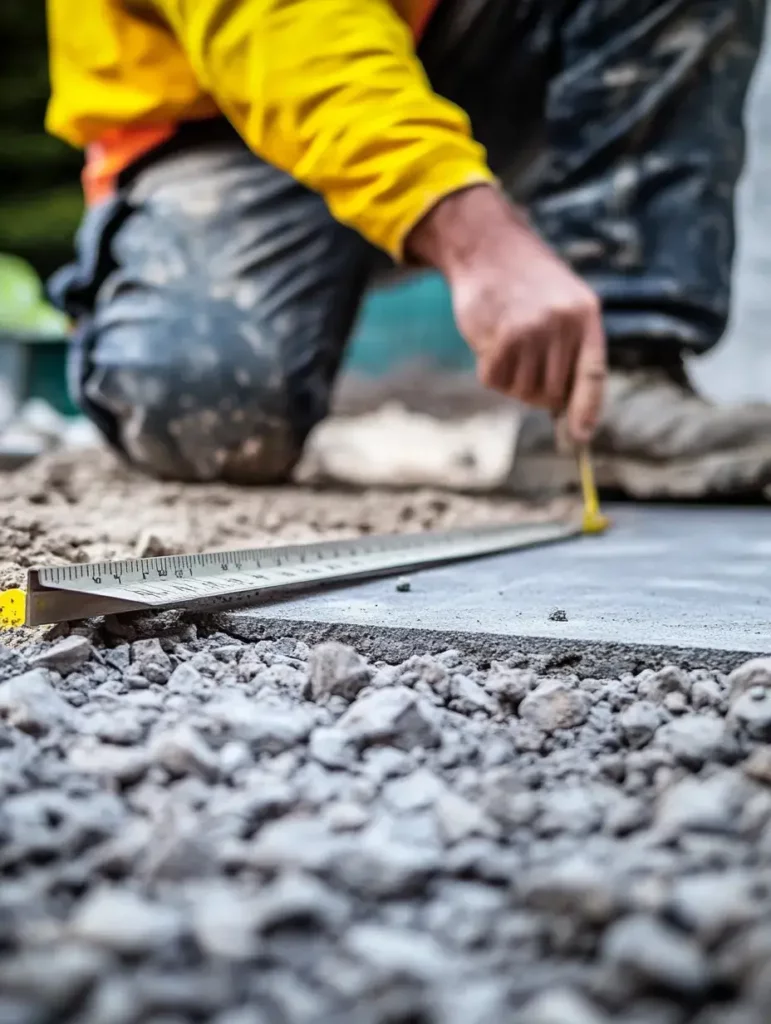
Prep Work Pays Off
Good paving starts before the asphalt even hits the ground. Site prep is a major cost factor that can’t be skipped:
- Clearing: Remove debris, plants, or old pavement. More junk means more labor costs.
- Base Layer: A sturdy base of crushed stone prevents cracks later. Skimp here, and you’ll pay more in repairs.
Mix Matters
Choosing the right asphalt mix isn’t just about performance it’s about cost too. High-traffic areas need HMA for longevity, while a quiet driveway might do fine with cold mix. Match the mix to your climate and usage to avoid overspending.
Hire the Pros
Cutting corners on labor can backfire. Experienced contractors get it right the first time, saving you from costly fixes. Their expertise is an upfront cost factor that pays off long-term.
Maintenance Tips for Asphalt Surfaces
Stay Ahead of Damage
Regular checkups keep small issues from turning into big bills. After a storm, look for cracks or potholes. Catching them early saves cash.
Seal and Patch
Cracks let water sneak in, wrecking the base. Sealing them costs less than replacing the whole surface. Patching potholes works the same way quick fixes stretch your budget.
Resurface, Don’t Replace
When wear shows, resurfacing adds a fresh layer without the expense of a full redo. It’s a smart way to manage maintenance cost factors.
Recent Innovations in Asphalt Paving
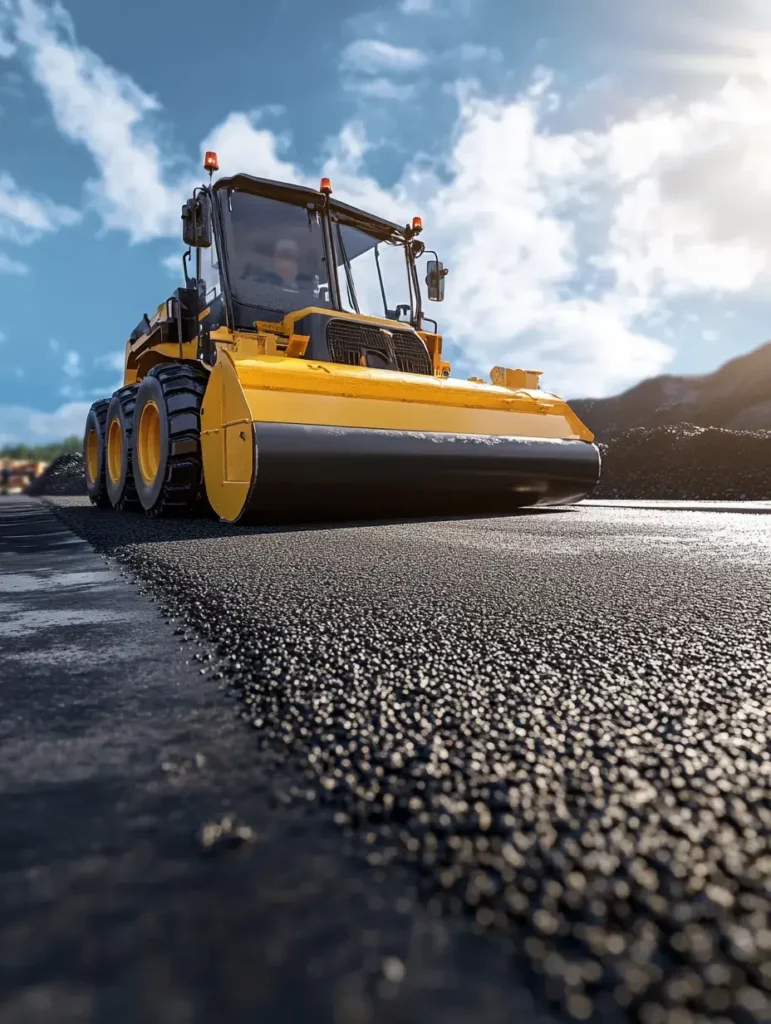
Recycled Asphalt Pavement (RAP)
Recycling old asphalt into RAP cuts material costs and waste. It’s a game-changer for budgets and sustainability. More projects are jumping on this trend.
Porous Asphalt
This stuff lets water drain through, reducing runoff and flooding risks. It’s pricier upfront but can slash drainage system costs a sneaky cost factor saver.
High-Tech Additives
New additives boost asphalt’s strength and lifespan. They fight cracks and wear, potentially lowering repair bills over time. Innovation keeps costs in check.
Real-World Example: Smart Savings in Action
Take a recent project in Austin, Texas. A parking lot overhaul used RAP and WMA, slashing material costs by 20%. Porous asphalt nixed the need for extra drainage, saving even more. The result? A durable surface under budget. It’s proof that smart choices on cost factors pay off.
Wrapping Up and Your Turn
Asphalt paving blends history, science, and strategy into every project. From materials to maintenance, cost factors like equipment, labor, and innovations shape the bottom line. Get these right, and you’ll have a surface that lasts without breaking the bank. Work with pros, plan ahead, and don’t shy away from new tech it’s all about value.
Got a paving project in the works? Drop your thoughts or questions in the comments. I’d love to hear your story!
FAQ Section
.
What affects asphalt prices?
Asphalt prices hinge on a few big players:
Materials: Aggregates and bitumen prices swing with supply and demand.
Labor: Skilled workers cost more in some areas.
Equipment: Renting heavy machinery adds up fast.
Transport: Hauling materials to remote sites boosts expenses.
Project Scope: Big or tricky jobs drive costs higher.
How to calculate the cost of asphalt?
Here’s the quick formula:
Measure your area (length x width).
Pick a thickness (say, 2 inches).
Calculate volume (area x thickness in feet).
Convert to tons (1 ton ≈ 80-100 sq ft at 2 inches).
Multiply by price per ton, then add labor and equipment.
For a 1,000 sq ft driveway at $100/ton, that’s about $370 for materials, plus extras.
What is the cost difference between asphalt and cement?
Asphalt runs $3-$5 per square foot to install, while concrete hits $6-$10. Asphalt’s cheaper upfront, but concrete might save on upkeep. Location and project size tip the scales.
How much area will 1 ton of asphalt cover?
It depends on thickness:
1 inch: 160-200 sq ft.
2 inches: 80-100 sq ft.
4 inches: 40-50 sq ft.
Mix type and compaction tweak these numbers slightly

